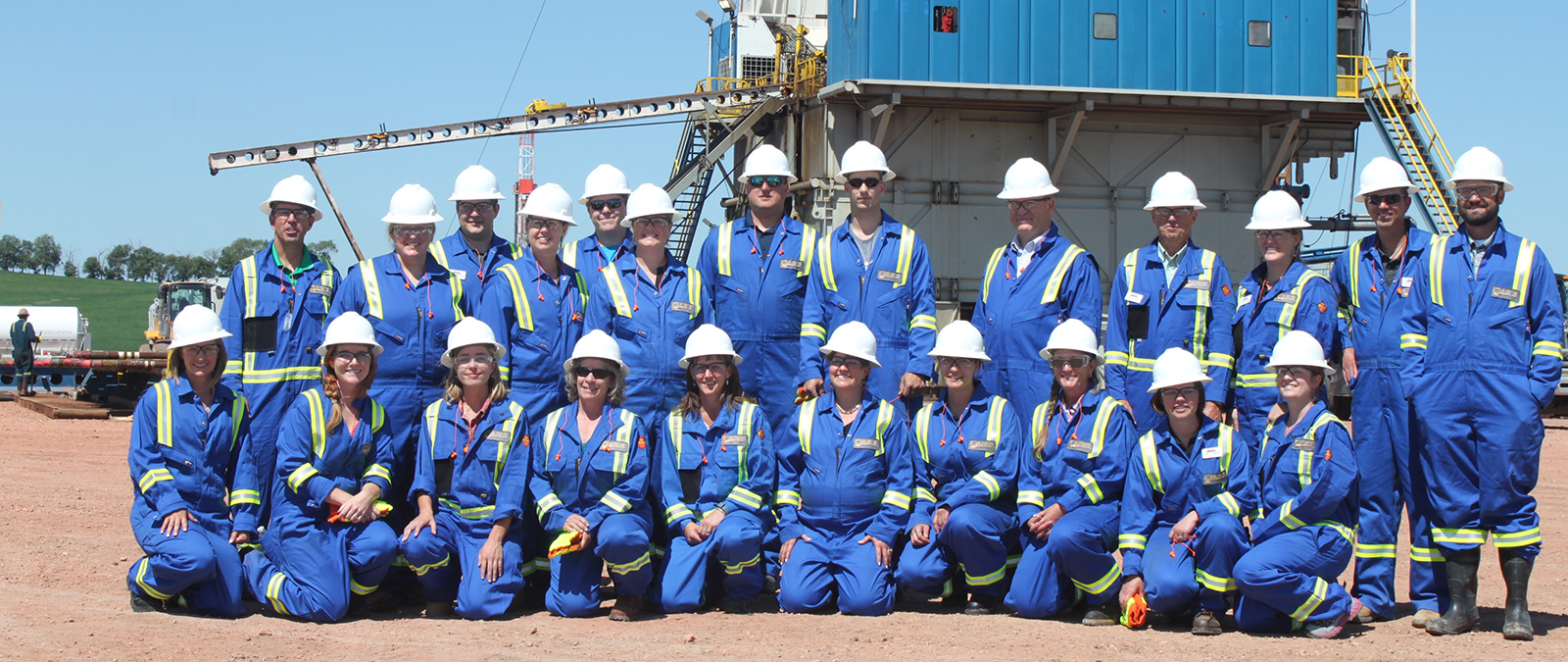Economic Impact
The outsized impact of the oil and gas industry on Montana’s overall economy can be attributed to three points:
- Oil and natural gas is a very high paying industry
- The industry exports products to other states
- Large tax contributions are made to state and local governments
Oil and gas activity directly adds to the economy in a variety of ways:
- Production of oil and natural gas (O&G) in Montana, through drilling and completion activities, support a broad spectrum of jobs, vendors, and suppliers
- Transportation at various stages of O&G production, through pipeline, rail, or trucks
- Associated construction and maintenance in energy production, processing, and transportation infrastructure
- Four refineries within the state
- A multitude of services and intermediate goods provided by Montana-based facilities
Revenue from oil and gas production makes up 5.6% of Montana’s General Fund Budget, providing funds for state and local programs such as schools, statewide water testing, reclamation and conservation. Total 2015 value of oil production in Montana was $1.15 billion dollars, with Richland County accounting for more than half of Montana oil. Total value of natural gas produced in the same year was $86.8 million.
Oil and gas operations directly support 29,000 jobs. That does not take into account temporary contractors or the thousands of jobs supported by oil and gas wages, including retail, hospitality, and service industries.
Average yearly wages are more than 2/3 higher than the state average, at $71,000. In 2015, oil and gas companies paid over $2.3 billion in income received by Montana households. Total tax collections exceeded $103 million, with roughly half the amount returning to local communities where drilling takes place.
Source: Bureau of Business and Economic Research at the University of Montana
